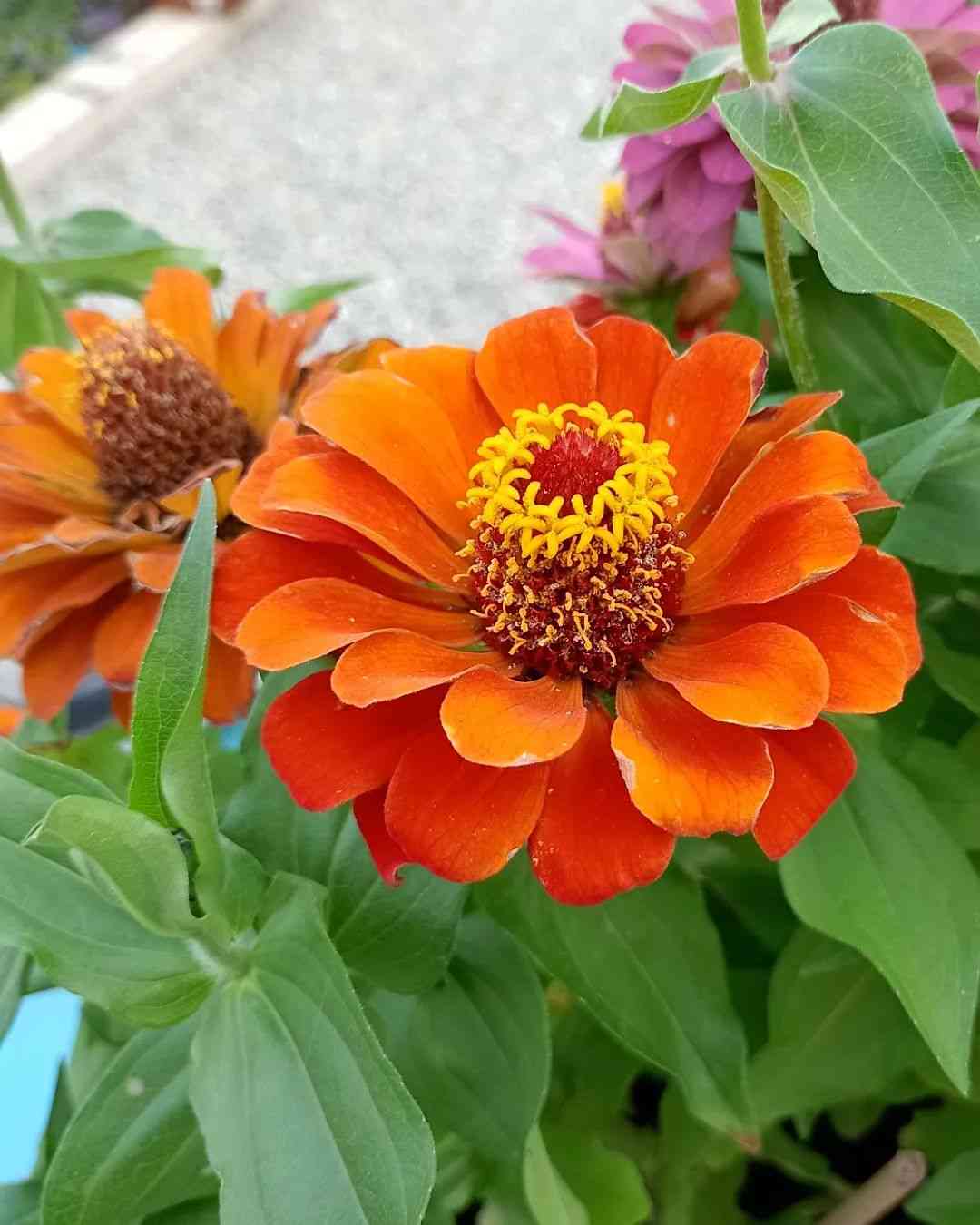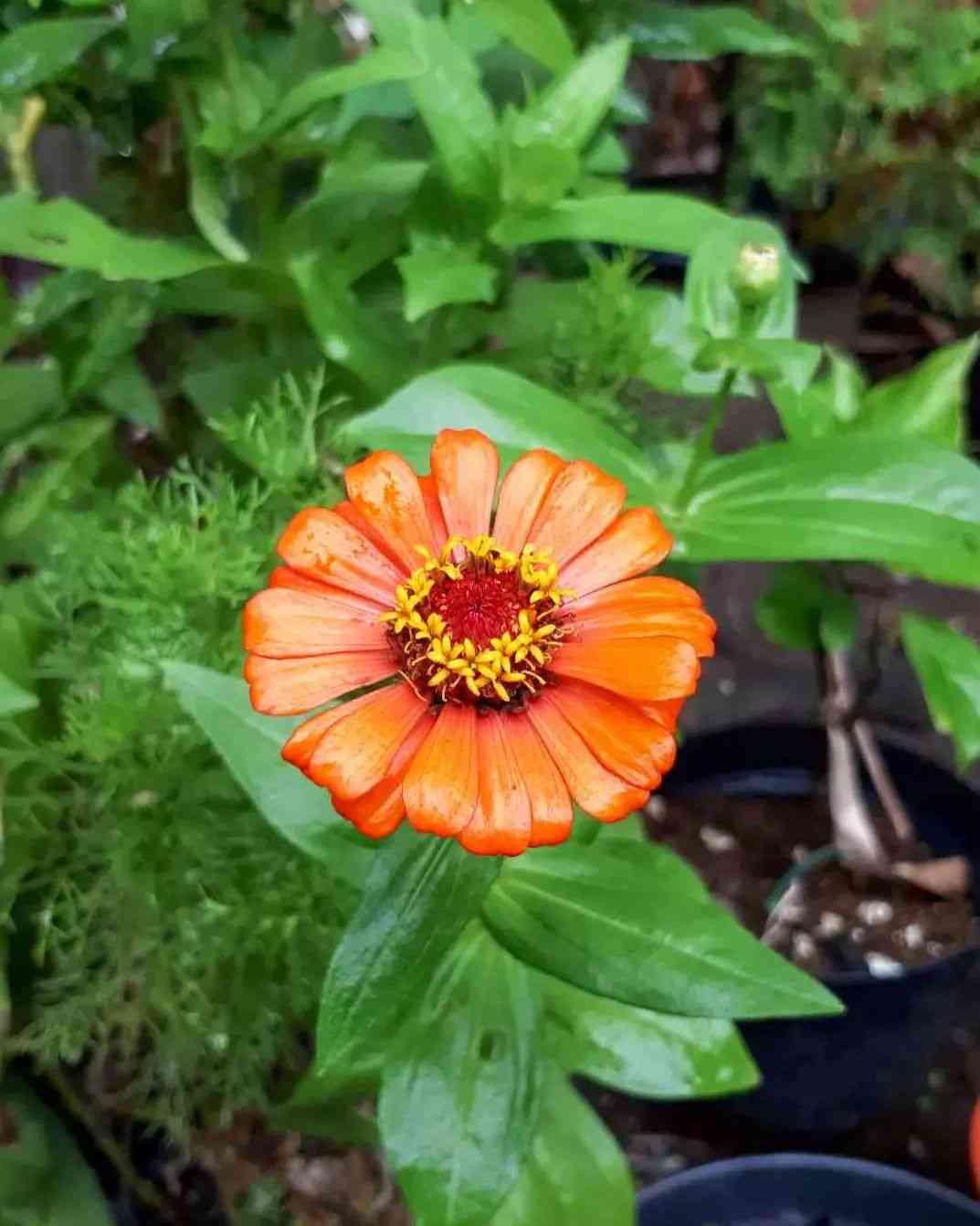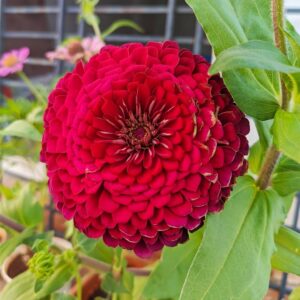Growing and Caring for Zinnia
- To get started, choose a sunny spot in your garden with well-draining soil. Zinnia Giant Orange seeds prefer a neutral to slightly acidic soil pH, so adding compost or organic matter can help improve soil quality.
- When it comes to watering, it’s important not to overdo it. Zinnia Giant Orange plants don’t like to have wet feet, so aim to water deeply once or twice a week, depending on the weather conditions. If your soil is prone to retaining water, consider adding some sand or gravel to the planting area to improve drainage.
- To keep your Zinnia plants looking their best, it’s important to deadhead spent flowers regularly. This will encourage continued blooming and prevent the plant from going to seed too quickly.
- While Zinnia plants are relatively pest and disease-resistant, they may occasionally be affected by aphids, spider mites, or fungal diseases. To prevent these problems, it’s a good idea to inspect your plants regularly and treat them with an organic insecticide or fungicide as needed.
- If you’re planning to use Zinnia flowers in cut flower arrangements, be sure to choose stems that are at least 12 inches long. These plants produce long, sturdy stems that are perfect for adding height and structure to floral displays.
- At the end of the growing season, be sure to remove any diseased or damaged plant material to prevent overwintering pests or diseases. You can also collect Zinnia seeds for planting in the following year.









Reviews
There are no reviews yet.